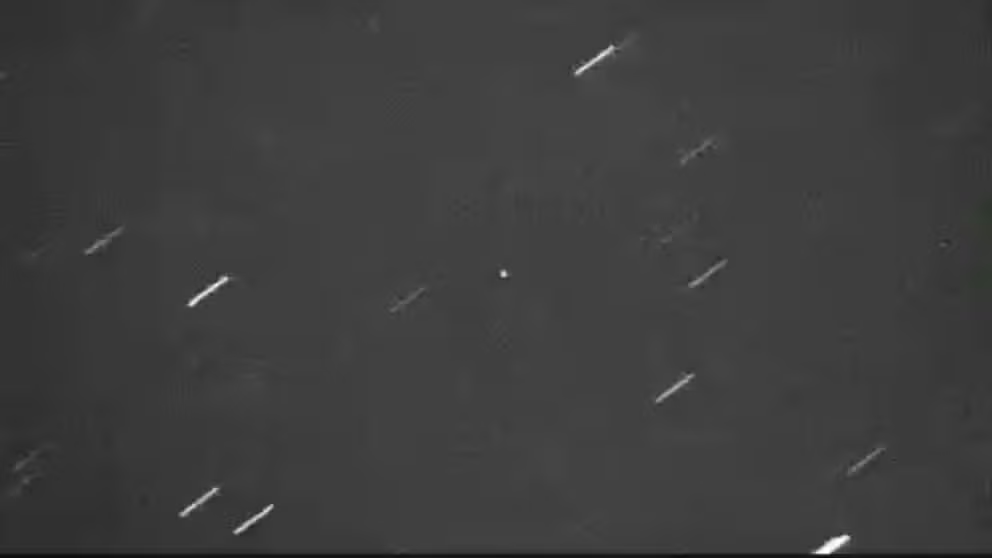Watch a 'potentially hazardous' asteroid zoom by Earth next week
Asteroid 1994 XD orbits the sun about every 3.6 years and will make another pass by Earth in 2041.
Asteroid 2023 BU passes Earth
Gianluca Masi at the Virtual Telescope Project recorded this footage of asteroid 2023 BU as it zoomed past Earth on Jan. 26, 2023.
A skyscraper-sized asteroid dubbed "potentially hazardous" will safely zoom by Earth this month, and you can watch as it happens live.
According to The Virtual Telescope Project, Asteroid 1994 XD will make its closest approach to Earth on Monday, June 12, just before 9 p.m. EDT.
The Project is among the groups tracking the asteroid as it gets closer in its orbit to our home planet and plans to provide a livestream of the fly-by.
How close will asteroid 1994 XD come to Earth?
While you should not worry about this asteroid hitting Earth, it is considered "potentially hazardous" because its orbit comes within the minimum distance between Earth and the sun to meet the standard, according to NASA.
NASA’s Center for Near Earth Object Studies (NEOS) uses computer modeling to determine asteroid and comet orbits and their odds of hitting Earth. In June, there are more than a dozen close approaches NEOS is tracking.
There will be plenty of distance between us and the asteroid to enjoy looking for it in the night sky without fear.
According to The Virtual Telescope Project, 1994 XD will make a close encounter on June 12, but close is all relative in space. At its nearest approach to our planet, the asteroid will be about eight times the distance between the Earth and the moon or more than 1.9 million miles away.
HOW NASA IS WORKING TO PROTECT EARTH FROM AN ASTEROID STRIKE
Asteroid 1994 XD orbits the sun about every 3.6 years and will make another pass by Earth in 2041.
What do we know about Asteroid 1994 XD?
NASA's DART mission changes motion of asteroid's orbit
NASA says its first planetary defense test changed an asteroid’s orbit by 32 minutes.
The name of the asteroid comes from the year it was discovered. It was first identified by the Spacewatch group at Kitt Peak Observatory in Arizona in December 1994.
Asteroid 1994 XD is estimated to be about 370 to 830 meters (1,214 to 2,723 feet) in diameter, considered small for an asteroid, but it would still tower above most skyscrapers in New York City.
EVERYTHING SCIENTISTS WOULD WANT TO KNOW IF AN ASTEROID WAS HEADING TOWARD EARTH
In 2005, using the Arecibo radio telescope in Puerto Rico, astronomers learned that 1994 XD is a binary asteroid, meaning it’s a larger asteroid with a moonlet orbiting it.
Another binary asteroid was the target of NASA’s DART mission, which crashed a small spacecraft into the moonlet orbiting asteroid Didymos to test a potential option to redirect an asteroid if one was on a crash course for Earth. The test mission was a success, changing the orbit by 32 minutes.

